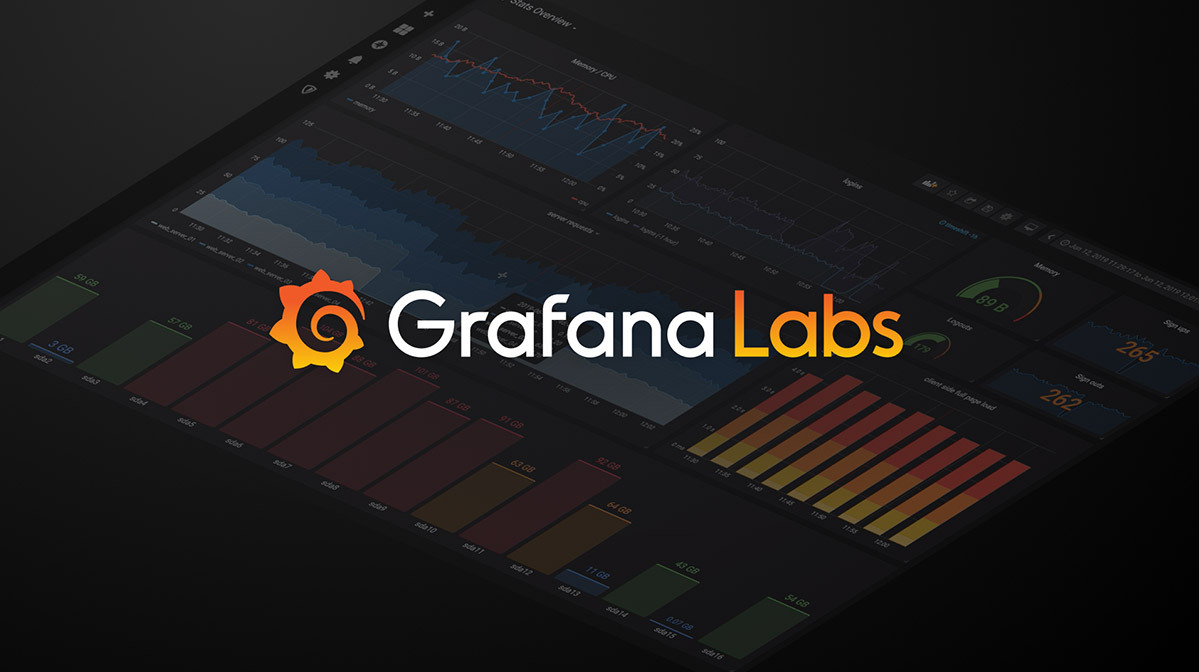Monitoring infrastructure is crucial for maintaining the health, performance, and availability of systems. Two popular tools that provide powerful monitoring capabilities are Grafana and Prometheus. In this article, we will explore what Grafana and Prometheus are, their technical design, and how they can be used together to monitor an entire infrastructure.

Understanding Grafana
Grafana is an open-source, feature-rich, and highly customizable visualization and analytics platform. It acts as a centralized dashboard for monitoring and observability, providing a visual representation of data from various sources. Grafana supports a wide range of data sources, including Prometheus, InfluxDB, Elasticsearch, and more. It offers flexible visualization options, alerting capabilities, and interactive features for data exploration.
The Power of Prometheus
Prometheus is an open-source monitoring and time-series database (TSDB) system. It is designed for gathering and storing metrics data from diverse sources in a scalable and efficient manner. Prometheus uses a pull-based model, where it regularly scrapes metrics from instrumented targets such as applications, servers, and services. It stores the collected data in its time-series database and provides a flexible query language (PromQL) for retrieving and analyzing metrics.
Technical Design of Prometheus
Prometheus follows a multi-component architecture that enables efficient monitoring:
Data Collection: Prometheus retrieves metrics data by scraping HTTP endpoints exposed by targets. It supports multiple protocols like HTTP, HTTPS, and DNS for scraping data. Targets can be instrumented using Prometheus client libraries or by using exporters, such as the Node Exporter for system-level metrics.
Time-Series Database: Collected metrics are stored in a local time-series database within Prometheus. The database uses a compressed, indexed, and append-only storage format optimized for high performance and efficient querying.
Alerting and Alertmanager: Prometheus includes a robust alerting system that can evaluate expressions based on collected metrics and trigger alerts. The Alertmanager component handles alert notifications, providing features like deduplication, grouping, and silencing.
Service Discovery and Configuration: Prometheus supports various service discovery mechanisms, including static file-based configurations, DNS-based discovery, Kubernetes service discovery, and more. This ensures dynamic and automatic detection of targets to monitor.
Integrating Grafana and Prometheus
The combination of Grafana and Prometheus provides a powerful monitoring solution for the entire infrastructure:
Data Visualization: Grafana integrates seamlessly with Prometheus and allows users to create visually appealing and interactive dashboards. It provides a wide range of pre-built panels, including graphs, tables, heatmaps, and more, enabling users to represent and explore data effectively.
Querying and Alerting: Prometheus metrics can be queried using PromQL, allowing users to gain deep insights into system behavior and performance. Grafana leverages PromQL for querying Prometheus and supports dynamic, real-time metric visualization. Additionally, Grafana’s alerting features can utilize Prometheus’ alerting capabilities to trigger notifications based on predefined rules.
Extensibility: Grafana’s extensibility allows integration with other data sources, enabling the creation of comprehensive dashboards that incorporate metrics from various monitoring systems. This versatility ensures a holistic view of the infrastructure.
Setting-up the Environment
To set up Grafana and Prometheus for monitoring an infrastructure, we can use Docker Compose. Docker Compose is a tool for defining and running multi-container Docker applications. Here’s an example of a Docker Compose file that sets up Prometheus, Grafana, and the Node Exporter:
version: '3'
services:
prometheus:
image: prom/prometheus
ports:
- 9090:9090
volumes:
- ./prometheus:/etc/prometheus
command:
- '--config.file=/etc/prometheus/prometheus.yml'
depends_on:
- node-exporter
grafana:
image: grafana/grafana
ports:
- 3000:3000
volumes:
- ./grafana:/var/lib/grafana
- ./grafana/provisioning:/etc/grafana/provisioning
environment:
- GF_SECURITY_ADMIN_USER=admin
- GF_SECURITY_ADMIN_PASSWORD=admin
depends_on:
- prometheus
node-exporter:
image: prom/node-exporter
ports:
- 9100:9100
In this Docker Compose file, we define three services: prometheus, grafana, and node-exporter.
The prometheus service uses the prom/prometheus image and exposes port 9090 on the host machine. It mounts the ./prometheus directory as a volume to /etc/prometheus within the container. This allows you to provide a Prometheus configuration file (prometheus.yml) in the ./prometheus directory.
The grafana service uses the grafana/grafana image and exposes port 3000 on the host machine. It mounts the ./grafana directory as a volume to /var/lib/grafana within the container, which stores Grafana’s data. It also mounts the ./grafana/provisioning directory as a volume to /etc/grafana/provisioning, allowing you to configure data sources and dashboards.
The environment variables GF_SECURITY_ADMIN_USER and GF_SECURITY_ADMIN_PASSWORD are set to create an admin user with the username admin and password admin for Grafana.
The node-exporter service uses the prom/node-exporter image and exposes port 9100 on the host machine.
By running docker-compose up, the Docker Compose file will start all three containers.

Grafana and Prometheus are powerful tools for monitoring infrastructure. Grafana provides a flexible and customizable dashboarding solution, while Prometheus offers scalable and efficient metric collection and storage. Together, they form a robust monitoring stack that enables users to monitor and gain insights into the entire infrastructure. By leveraging their technical design and integration capabilities, organizations can achieve effective observability, proactive issue detection, and improved system performance.

